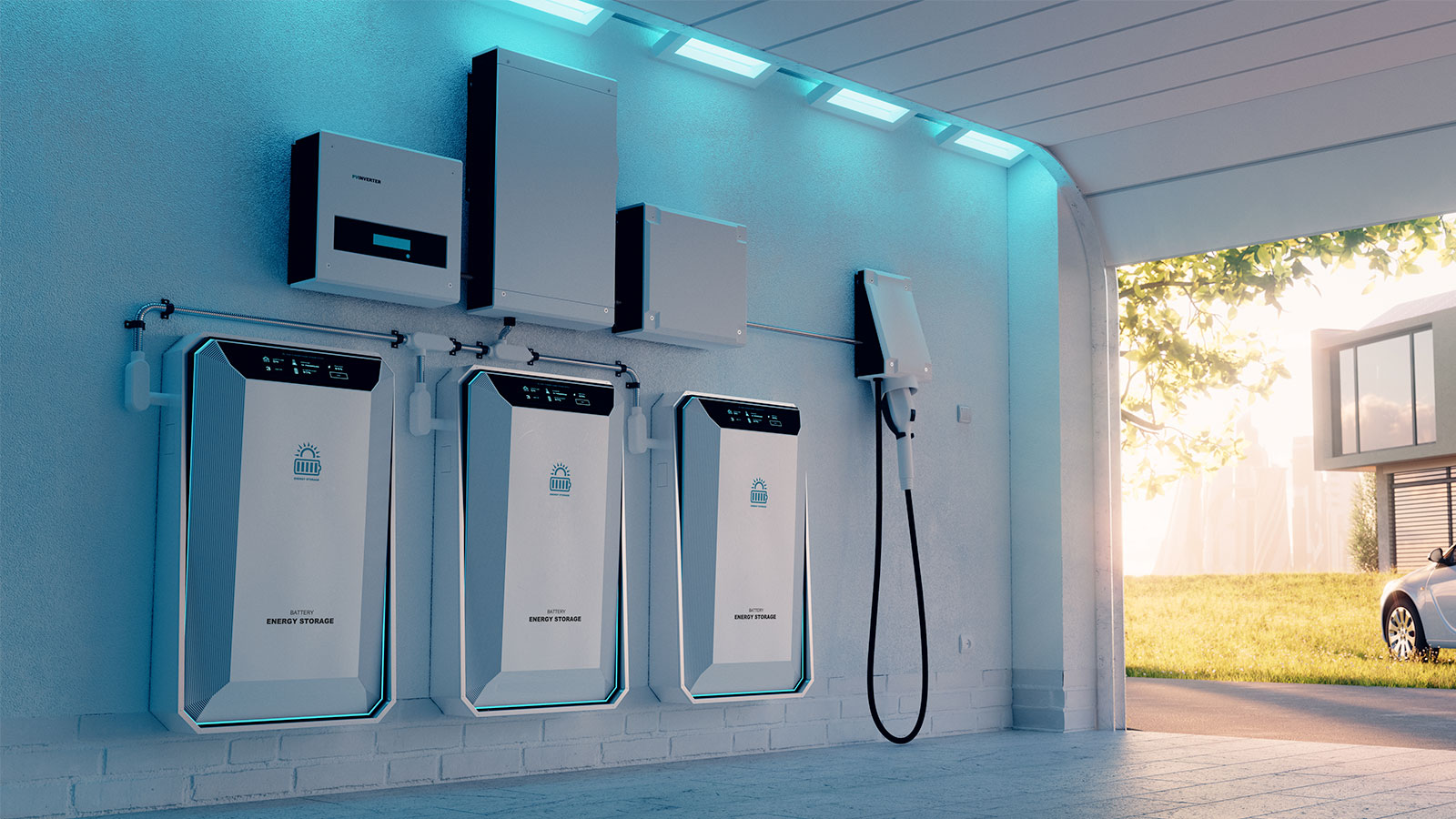Phil Giles, Head of HV at infrastructure specialist Enerveo, discusses how EV infrastructure can be delivered effectively to meet UK government targets without impacting national grid supply.
In recent years, we’ve seen exponential growth in the use of electric vehicles (EVs) across the United Kingdom, as the country works towards making net zero a reality. EVs are increasingly becoming a more attractive option for consumers in place of petrol- or diesel-powered counterparts, owing to their environmental credentials and lower running costs.
The UK Government have put targets in place which will likely consolidate the upward trend of EV use, such as banning the sale of petrol and diesel cars by 2030 and announcing a Zero Emission Mandate (ZEM) – meaning that from 2024, a certain number of cars sold by each car brand have to be electric.
As the number of electric vehicles on the roads continues to grow, it is imperative that we have the infrastructure in place to support this demand. EV users will require widespread availability of charging points, to ensure flexibility and reliability and this, in turn, will lead to increased electricity consumption.
This begs the question of whether the UK’s current energy grid network can cope with additional demand.
How can grid supply keep up with future EV demand?
There is a lot of conflicting information out there about the impact of EV charging on our grid network and whether or not supply will be able to meet demand in the future. Current and future EV users want to have the assurance that they will be able to embark on journeys with confidence, knowing that they can charge their cars when necessary.
Concerns have been raised around the fact that huge concurrent charging demand may surpass current grid capacity. This concern is magnified given the fact that in line with Government targets, we could theoretically see 35 million UK cars demanding charging points by 2030.
Innovation will be crucial to ensure that we are able to keep up with demand and also deliver on the targets set out by the Government.
Providing grid resilience: microgrids and smart networks
Microgrids and smart networks are becoming prevalent options to alleviate strain on the grid network. A microgrid can generate electricity on demand without stressing the grid, which can act as both a generation source and a load source, adding flexibility to the grid. Furthermore; it also allows EV users to reduce their peak demand on the grid, and shift their energy consumption to hours when the energy costs are lower.
A microgrid can simplify the task of providing adequate charging facilities and that in turn will help in reducing the cost, thereby making EV charging more affordable.
Microgrids, coupled with smart network technologies, enable intelligent load management and optimisation. By leveraging real-time data and advanced algorithms, they can balance and prioritise EV charging loads, reducing strain on the grid and maximising the utilisation of available resources reducing the urgency for large infrastructure upgrades.
Microgrids can actively participate in demand response programs, where EV charging can be modulated based on grid conditions and electricity demand. Smart networks facilitate communication and coordination between EVs, charging infrastructure, and the grid.
By integrating EV charging within a microgrid powered by renewable energy, the carbon footprint of electric transportation can be further reduced. Microgrids can intelligently manage the use of renewable energy for charging EVs.
Grid resilience: V2G Technology
One of the biggest contributors to grid resilience and charging freedom could be the Vehicle-to-Grid (V2G) solution – a technology that enables energy to be pushed back to the power grid from the battery of an electric vehicle (EV). With V2G technology, an EV battery can be discharged based on different signals – such as energy production or consumption nearby.
V2G technology powers bi-directional charging, which makes it possible to charge the EV battery and take the energy stored in the car’s battery and push it back to the power grid. While bi-directional charging and V2G are often used synonymously, there is a slight difference between the two.
While bi-directional charging means two-way charging (charging and discharging), V2G technology only enables the flow of the energy from the car’s battery back to the grid.
Unlocking EV potential through collaboration and interoperability
In order to fully realise the benefits of EV infrastructure and ensure grid resilience to minimise pressure on the energy source, it is crucial that key players across the industry pull together.
The UK Government and policymakers at national, regional, and local levels play a significant role in setting policies, regulations, and targets to promote EV adoption and support the development of charging infrastructure. They can also provide short-term financial support, tax credits, grants, and subsidies as additional incentives. The Government must provide supportive regulations for EV infrastructure and support the provision of EV charging in public open spaces.
Electricity providers must ensure that they are able to reliably provide electricity to charging stations. Distribution Network Operators have a pivotal role in ensuring the infrastructure is suitable for the connection of EV infrastructure. This includes the implementation of staggered charging periods and smart demand solutions, to make the most of existing network capacity.
EV charging manufacturers and car manufacturers alike should work to invest in charging solutions, such as software and hardware development, that will support network operators in meeting the needs of current and future owners, building confidence in the ownership and operation of EV vehicles.
On the ground, on the consumer side, environmental organisations and advocacy groups can play an instrumental role in raising awareness of the benefits of electric vehicles and the need for EV infrastructure. They can also work to advocate supportive policies, educate the public, and promote EV use to urge the Government, and other stakeholders, to implement EV infrastructure.
What’s next?
In recent times, there have been impressive developments worth celebrating across the industry. It is clear that stakeholders are taking a look at what can be done to ensure that supply keeps up with demand. However, there is still progress to be made. We know what is needed to accelerate the volume of EV infrastructure deployment and support net zero goals, but we must now ensure that key players work together to consolidate existing EV infrastructure and continue to grow and develop.






